Welcome to the refreshed Luminous Frames! New pages are coming very soon.
Where Does It Matter
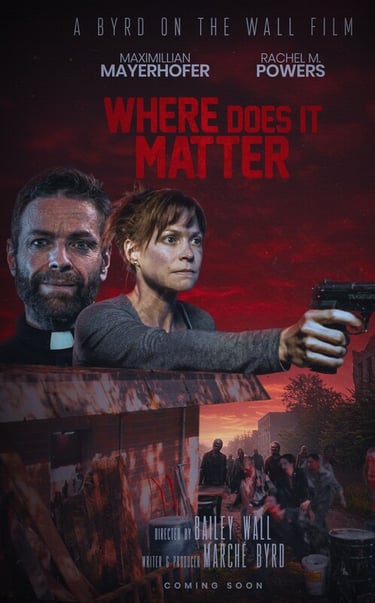

Synopsis
Almost a year after the world fell to the undead, survivor Julie stumbles into a desperate fight for safety that leaves her locked inside a storage shed with Chris, a priest claiming allegiance to a mysterious group. As night stretches on, the close quarters force uneasy conversations, hidden motives come to light, and Julie begins to wonder if the real danger lies in the swarm of zombies clawing at the doors-or in the stranger sharing the dark with her.
Where Does It Matter is an American horror and thriller short film directed by Bailey Wall. It begins with an action scene where two people are running from a group of zombies. It’s a brief sequence as they soon find shelter in a storage shed. From this moment on the movie enters its core scene, which is a fierce discussion between the two protagonists. The movie raises the question if the chaotic situation that ends the world as we know it must lead to a fight for survival or to a different (and surprisingly) new approach to it.
The woman is called Julie (Rachel Marie Powers) and the man is a priest named Chris (Maximillian Mayerhofer). The discussion is extremely tense. Julie defends the leader who has been protecting people from the zombies, while Chris argues that this fellow is a dangerous deceiver. Instead, the priest says that the zombies are also children of God, and thus they have the right to live. This is a creative alternative to the subgenre of zombie movies, as it opens the perspective that these undead creatures may be the new form of life on our planet, substituting today’s humans. The confrontation between Julie and Chris goes beyond the words and falls into real death menace.
Directed by
Bailey Wall
Marche Byrd, Bailey Wall, Yah'leanah Wall
Written by
Cast
Maximillian Mayerhofer, Rachel Marie Powers, Ray D Jennings
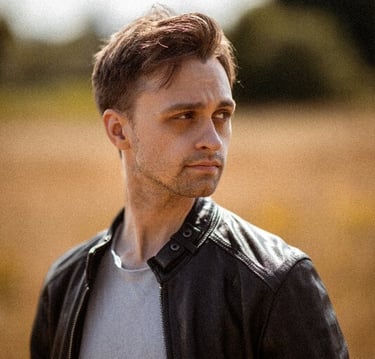

Bailey Wall
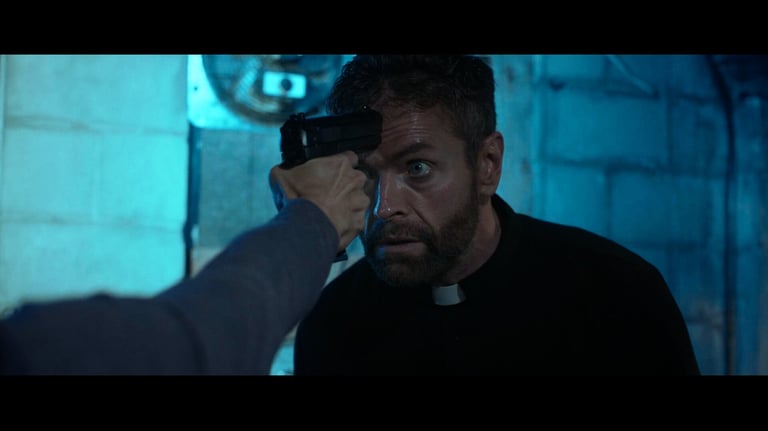

In this plot, religion is a tool to convince other people. That’s what Chris does while he argues with Julie. However, she is not an easy prey to his affected words. She is moved by the inherent will to survive, and therefore is not touched by the arguments that she needs to sacrifice herself for the new beings that will dominate the planet from now on.
Despite the tension and endangerment, the high amount of dialogue becomes overwhelming. Most of the lines present consistent arguments and are heavily informative and the acting is convincing. The camera has a smooth trembling motion, adequate to emulate the eyes of the characters, and when they move, the camera moves with them. The editing maintains the classic shot and reverse shot most of the time. Even so, the lines feel massive, lacking some kind of imagery support – for instant, a flashback or brief shots of what happened.
In fact, the movie opens with such a strong action sequence that what follows is not capable to match. The zombies, though a group of only eight, are surprisingly convincing for a low budget production such as this. Surely, this is a result not only of the make-up and the visual effects but of the choices of the director. For example, Bailey Wall reveals that the two characters are running from zombies in a detail shot of the putrid gray hand that comes up in the tree trunk. Afterwards, he shoots the creatures from a distance or in other detail shots of their arms and, doing so, he avoids the risk of revealing possible flaws in the conception of the zombies.
The post-production treatment in the image adds the texture inherent to horror movies. It works perfectly in the opening sequence, however, brings some artificiality to the long dialogue scene. The saturated colors resemble computer generated characters in video games, an effect that is a distraction to the dramatic confrontation dialogues. But this problem happens only with the actors, because the lighting on the set works appropriately, especially in the transition to the night sequence, lit with a beautiful blue that is so atmospheric for the fantastic genre.
Where Does It Matter showcases that filmmaker Bailey Wall deserves to direct a movie with a bigger production. After all, with a budget of only USD 1,000 he made a short film with a runtime of 22 minutes shot on two locations and an action scene with a group of zombies. If the dialogue seems too talkative, even with Wall’s effort to use different shots and camera movements whenever the moment allowed, it’s because the low budget did not permit to film fill-in of flashbacks or illustrative sequences. By the way, the epilogue also suffers this lack of resources, because the movie ends with an elucidative dialogue while it called for a visually thrilling long shot of a dystopic scenery where zombies are feeding on human flesh.

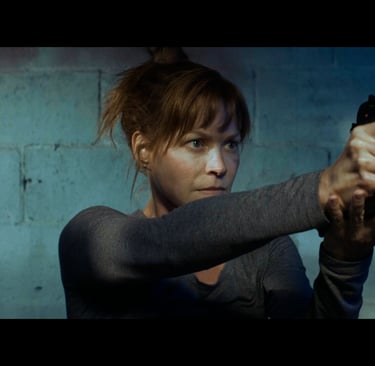

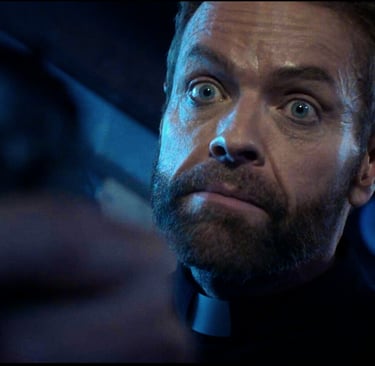

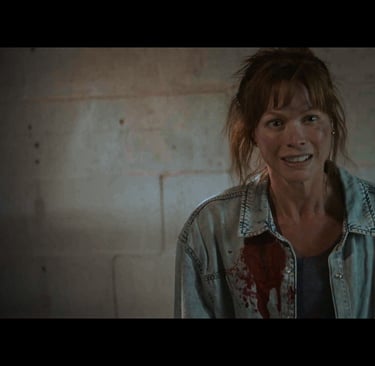
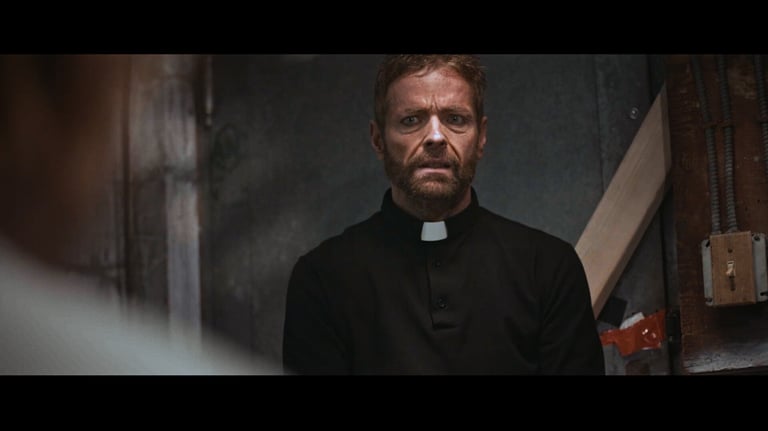

2025, USA, 22 min
Yah'leanah Wall, Bailey Wall, Marche Byrd, Trina Griffin
Produced by



Eduardo Kaneco
Film critic, the founder of Leitura Filmica
© 2025. All rights reserved.




